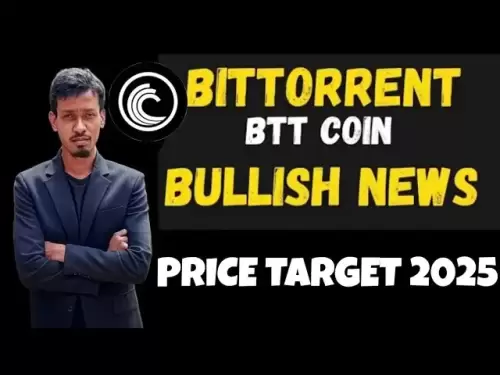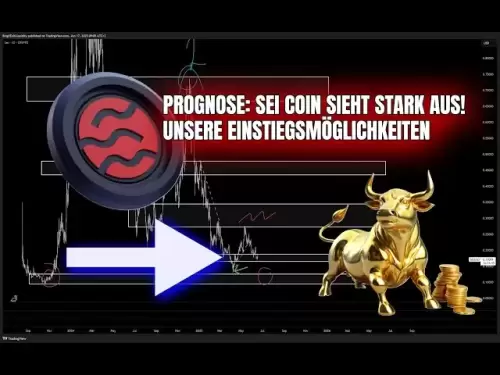-
 Bitcoin
Bitcoin $117,667.4663
1.73% -
 Ethereum
Ethereum $2,957.1186
0.44% -
 XRP
XRP $2.7338
7.75% -
 Tether USDt
Tether USDt $1.0003
0.04% -
 BNB
BNB $689.7326
0.83% -
 Solana
Solana $162.5487
-0.51% -
 USDC
USDC $1.0000
0.02% -
 Dogecoin
Dogecoin $0.2011
3.97% -
 TRON
TRON $0.3008
2.76% -
 Cardano
Cardano $0.7103
5.48% -
 Hyperliquid
Hyperliquid $46.2304
6.49% -
 Sui
Sui $3.3931
-2.05% -
 Stellar
Stellar $0.3604
19.00% -
 Bitcoin Cash
Bitcoin Cash $532.0019
2.82% -
 Chainlink
Chainlink $15.2750
0.50% -
 Avalanche
Avalanche $20.6882
0.39% -
 UNUS SED LEO
UNUS SED LEO $9.0322
0.01% -
 Hedera
Hedera $0.1940
2.63% -
 Shiba Inu
Shiba Inu $0.0...01328
0.22% -
 Toncoin
Toncoin $2.9554
0.77% -
 Litecoin
Litecoin $94.2893
-0.28% -
 Polkadot
Polkadot $3.9187
1.44% -
 Monero
Monero $329.4892
1.16% -
 Uniswap
Uniswap $8.7037
3.01% -
 Dai
Dai $1.0000
0.03% -
 Ethena USDe
Ethena USDe $1.0007
0.00% -
 Bitget Token
Bitget Token $4.5142
-1.64% -
 Pepe
Pepe $0.0...01238
0.86% -
 Aave
Aave $298.3707
-3.41% -
 Bittensor
Bittensor $392.6997
5.08%
How does a decentralized exchange (DEX) use smart contracts?
Smart contracts enable trustless trading on decentralized exchanges by automating transactions and eliminating intermediaries.
Jul 11, 2025 at 02:35 pm
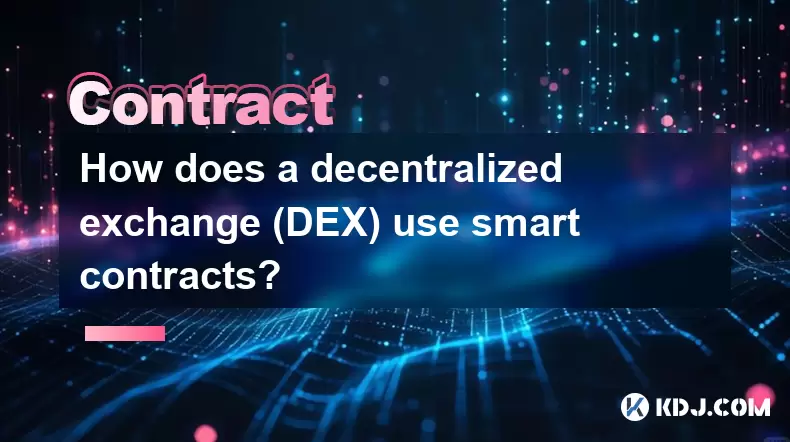
Smart Contract Fundamentals in Decentralized Exchanges
In a decentralized exchange (DEX), smart contracts serve as the core infrastructure that enables trustless and transparent trading. Unlike traditional exchanges, which rely on centralized intermediaries to facilitate transactions, DEXs use self-executing smart contracts deployed on blockchain networks like Ethereum or Binance Smart Chain. These contracts automatically enforce the rules of trade execution without requiring users to surrender custody of their funds.
Each trade on a DEX is governed by a predefined smart contract. When a user places a buy or sell order, the contract ensures that both parties meet the conditions before finalizing the transaction. This eliminates counterparty risk and prevents manipulation by third parties. The code within these contracts is publicly visible and immutable, ensuring transparency for all participants.
Liquidity Provision Through Automated Market Makers (AMMs)
One of the most common mechanisms used in DEXs today is the Automated Market Maker (AMM) model. In this system, liquidity pools are created using smart contracts where users can deposit tokens to earn fees from trades executed against their pool. Each pool typically contains two tokens, forming a trading pair such as ETH/DAI.
When a user wants to swap tokens, the AMM smart contract calculates the price based on a constant product formula: x * y = k, where x and y represent the reserves of each token in the pool. As one token is bought, its reserve decreases and the price increases accordingly. This mechanism allows continuous trading without needing a direct counterparty.
Liquidity providers interact with the smart contract by depositing an equivalent value of both tokens. In return, they receive liquidity provider (LP) tokens that represent their share of the pool. These LP tokens can later be redeemed for their proportional share of trading fees and deposited assets.
Order Execution Without Centralized Order Books
Traditional exchanges rely on centralized order books to match buyers and sellers. However, DEXs often eliminate this requirement by leveraging on-chain smart contracts to handle trade execution directly. Orders are not stored centrally but instead encoded into the blockchain through contract interactions.
For example, when a user initiates a token swap, they send a transaction to the relevant smart contract with the parameters of the trade, including the amount of input token and the minimum acceptable output. The contract then executes the trade instantly based on current pool balances or market conditions defined by the AMM logic.
Some DEXs also support limit orders by using off-chain relayers that track order books externally while still settling trades on-chain via smart contracts. These relayers do not hold user funds; they merely act as facilitators for matching orders. Once a match is found, the smart contract handles the actual transfer of assets between parties.
User Wallet Integration and Non-Custodial Trading
A critical feature of DEXs is that users retain control of their private keys at all times. Smart contracts facilitate this by interacting directly with user wallets such as MetaMask or Trust Wallet. Instead of depositing funds into an exchange account, users connect their wallet and approve token transfers through contract calls.
Before executing any trade, users must grant permission to the DEX's smart contract to spend a specific amount of their tokens. This is done through an ERC-20 approval function, which sets an allowance for the contract to withdraw funds only up to the approved limit. Users can revoke these permissions at any time through their wallet interface.
Once approved, trades are initiated by sending a signed transaction to the blockchain. The smart contract processes the trade, updates internal balances, and transfers the appropriate tokens to the user’s wallet address. Since everything happens on-chain, there is no need for a centralized entity to manage deposits or withdrawals.
Security Considerations and Risks in Smart Contract-Based DEXs
While smart contracts provide robust automation and decentralization benefits, they also introduce unique security challenges. Bugs or vulnerabilities in contract code can lead to loss of funds or exploitation by malicious actors. Therefore, many DEXs undergo extensive audits by third-party firms to ensure code integrity before deployment.
Another risk involves impermanent loss, which occurs when the value of deposited assets changes compared to holding them outside the pool. Smart contracts cannot prevent this economic phenomenon, so it remains the responsibility of liquidity providers to assess potential risks before participating.
Additionally, front-running attacks can occur when bots detect pending transactions and manipulate gas prices to execute similar trades ahead of regular users. Some DEX protocols implement measures like slippage tolerance settings or batched transaction processing to mitigate such issues.
Despite these risks, the use of smart contracts continues to grow due to their ability to enable permissionless and censorship-resistant financial systems.
Frequently Asked Questions
- Can I lose money due to a bug in a DEX’s smart contract?
Yes, if a vulnerability exists in the contract code and is exploited, users may lose funds. That’s why auditing and reviewing contract security is crucial before interacting with a DEX. - How do I revoke token approvals after using a DEX?
You can use tools like Etherscan or wallet extensions such as MetaMask to view and revoke existing token allowances granted to smart contracts. - Are all DEXs built using the same type of smart contracts?
No, different DEXs use various contract architectures depending on their trading models—such as AMMs, order books, or hybrid systems—each with distinct contract logic and design. - What happens if a DEX smart contract gets upgraded or changed?
Most smart contracts are immutable once deployed. However, some projects use proxy contracts to allow limited upgrades while preserving user data and balances.
Disclaimer:info@kdj.com
The information provided is not trading advice. kdj.com does not assume any responsibility for any investments made based on the information provided in this article. Cryptocurrencies are highly volatile and it is highly recommended that you invest with caution after thorough research!
If you believe that the content used on this website infringes your copyright, please contact us immediately (info@kdj.com) and we will delete it promptly.
- Binance, USD1, and Stablecoins: A New Yorker's Take on Crypto's Latest Drama
- 2025-07-12 07:10:12
- MSGA Token: Revolutionizing Wealth Management with AI and Global Assets
- 2025-07-12 06:30:11
- Meme Coins: Long-Term Potential and the 10X Dream
- 2025-07-12 07:10:12
- Arctic Pablo, Trump Coin, Crypto Coins: What's the Hype?
- 2025-07-12 06:50:12
- Omni Network (OMNI): Soaring Gains or Risky Business?
- 2025-07-12 06:30:11
- Bitcoin Blasts Past $118K: ETF Inflows and a Weak Dollar Fuel the Fire!
- 2025-07-12 06:50:12
Related knowledge
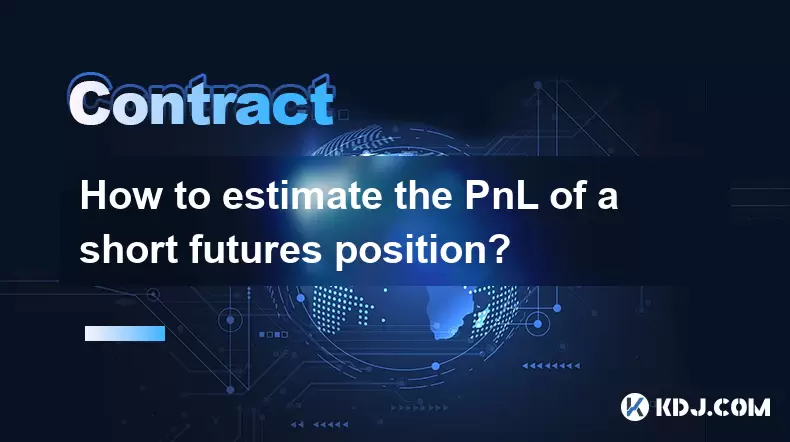
How to estimate the PnL of a short futures position?
Jul 10,2025 at 05:00pm
Understanding the Basics of Futures Trading and PnLIn futures trading, a trader enters into a contract to buy or sell an asset at a predetermined pric...
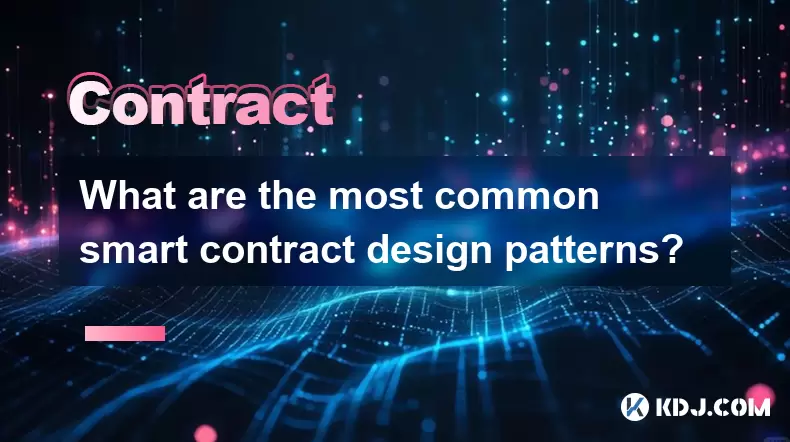
What are the most common smart contract design patterns?
Jul 10,2025 at 09:29pm
Introduction to Smart Contract Design PatternsSmart contract design patterns are standardized solutions to recurring problems encountered during the d...
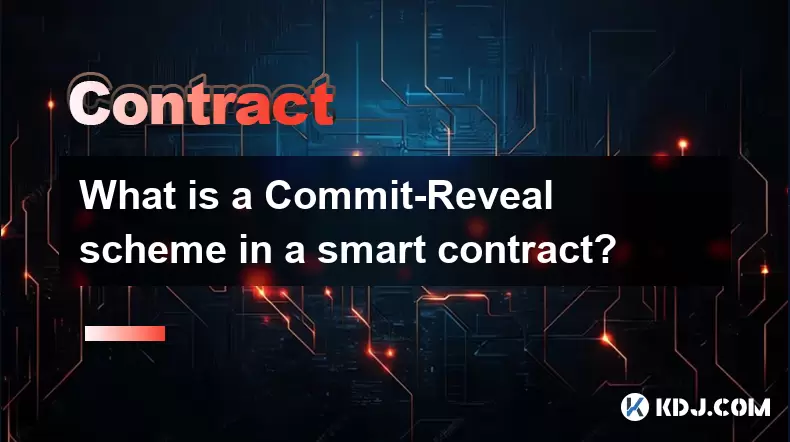
What is a Commit-Reveal scheme in a smart contract?
Jul 10,2025 at 05:22pm
Understanding the Concept of a Commit-Reveal SchemeIn the realm of blockchain and smart contracts, privacy and fairness are often critical concerns, e...
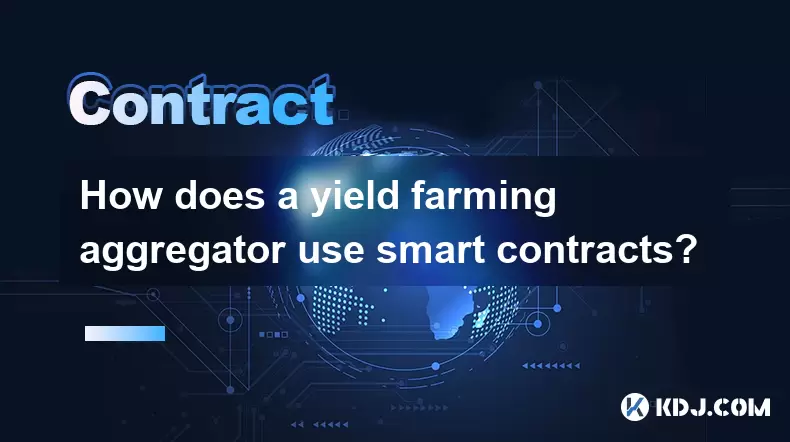
How does a yield farming aggregator use smart contracts?
Jul 11,2025 at 02:49am
Understanding the Role of Smart Contracts in Yield Farming AggregatorsA yield farming aggregator leverages smart contracts to automate and optimize th...

Can a smart contract interact with an off-chain API?
Jul 10,2025 at 09:42pm
What is a Smart Contract?A smart contract is a self-executing contract with the terms of the agreement directly written into lines of code. These cont...
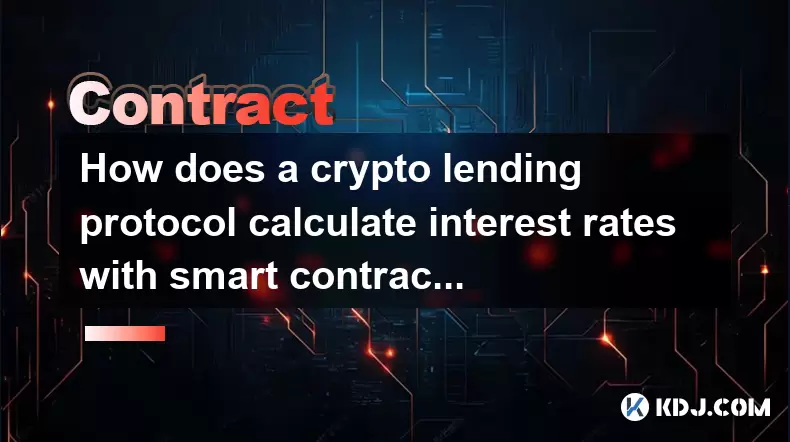
How does a crypto lending protocol calculate interest rates with smart contracts?
Jul 11,2025 at 07:21am
Understanding the Basics of Crypto Lending ProtocolsCrypto lending protocols operate on blockchain networks using smart contracts to automate the proc...

How to estimate the PnL of a short futures position?
Jul 10,2025 at 05:00pm
Understanding the Basics of Futures Trading and PnLIn futures trading, a trader enters into a contract to buy or sell an asset at a predetermined pric...

What are the most common smart contract design patterns?
Jul 10,2025 at 09:29pm
Introduction to Smart Contract Design PatternsSmart contract design patterns are standardized solutions to recurring problems encountered during the d...

What is a Commit-Reveal scheme in a smart contract?
Jul 10,2025 at 05:22pm
Understanding the Concept of a Commit-Reveal SchemeIn the realm of blockchain and smart contracts, privacy and fairness are often critical concerns, e...

How does a yield farming aggregator use smart contracts?
Jul 11,2025 at 02:49am
Understanding the Role of Smart Contracts in Yield Farming AggregatorsA yield farming aggregator leverages smart contracts to automate and optimize th...

Can a smart contract interact with an off-chain API?
Jul 10,2025 at 09:42pm
What is a Smart Contract?A smart contract is a self-executing contract with the terms of the agreement directly written into lines of code. These cont...

How does a crypto lending protocol calculate interest rates with smart contracts?
Jul 11,2025 at 07:21am
Understanding the Basics of Crypto Lending ProtocolsCrypto lending protocols operate on blockchain networks using smart contracts to automate the proc...
See all articles
























